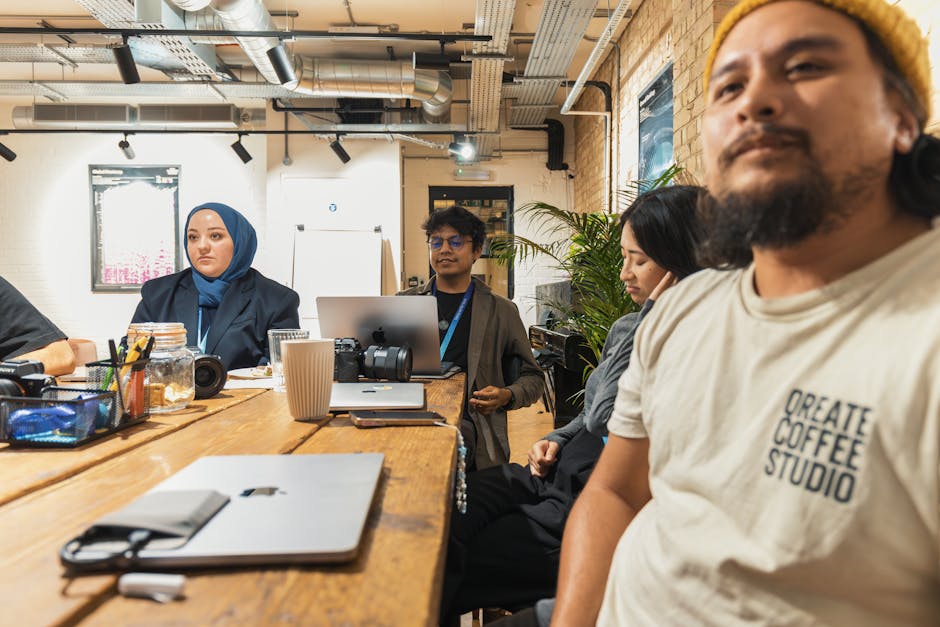The Impact of LEO Satellite Internet on Indigenous Communities: Opportunities and Challenges

In an era of rapid technological advancement, the emergence of Low-Earth Orbital (LEO) satellite Internet has stirred considerable debate on its impact on digital inclusion. While these systems hold great promise for connecting underserved regions, they also introduce a complex set of challenges. Recent research has explored how digital inclusion initiatives, which strive to bridge gaps in Internet access and usage, may inadvertently exacerbate inequality. This article delves into the findings from a groundbreaking study conducted in the Western Arctic region of Denendeh and Inuvialuit Nunangat, shedding light on how Indigenous communities are adapting to the arrival of LEO services.
Bridging the Digital Divide with LEO

Pexels
For years, the high cost, slow speeds, and limited data of satellite-based Internet services hindered connectivity in remote Indigenous communities. The introduction of LEO satellite systems, such as Starlink, has disrupted this status quo, offering reliable, fast, and uncapped Internet access. The result? Increased opportunities for accessing online services, participating in remote work, and engaging in e-commerce. In fact, studies conducted in fly-in communities revealed that users of LEO systems demonstrated a notably higher propensity to utilize online public services compared to those reliant on legacy providers.
Nonetheless, while LEO systems tackle significant infrastructural hurdles, they do not come without caveats. Researchers observed new challenges emerging alongside improved connectivity. Findings indicate increased exposure to antisocial content and problematic online behaviors among LEO users. This dual-edged effect of Internet access underscores the importance of designing digital inclusion initiatives that go beyond infrastructure deployment to address societal and community-specific outcomes.
Online Harm and Cultural Ambivalence

Pexels
One year after the deployment of LEO Internet in these communities, a follow-up survey painted a mixed picture. On one hand, improved connectivity has enabled youth to communicate more effectively, providing cultural and social platforms where humor, relationships, and spirituality thrive. On the other hand, there are heightened concerns over online harms such as cyberbullying, scams, and negative influences on youth.
Additionally, traditional cultural practices have experienced both positive and negative effects from the Internet’s presence. While digital platforms offer opportunities for cultural expression, there is growing apprehension that the Internet wields disproportionate control over daily life. Researchers found that fewer people are utilizing the Internet for essential services like healthcare and education, gravitating instead toward entertainment and socialization. This ambivalence highlights the need for a thoughtful, community-driven approach to digital adoption that respects cultural heritage and mitigates risks.
Comprehensive, Community-Centered Solutions

Pexels
The deployment of LEO satellite Internet reveals the critical importance of community-engaged programming in driving meaningful digital inclusion. Aspects such as online literacy, safety practices, and cultural preservation must become central components of these initiatives. Locally-driven research is essential to understanding not only the technical barriers to Internet adoption but also the lived experiences and socio-cultural dynamics of users.
Ultimately, improved Internet access must evolve beyond basic connectivity to promote holistic well-being. Bridging first- and second-level digital divides is just the beginning. To fully empower remote Indigenous communities, digital inclusion programs must prioritize inclusive, nuanced efforts that address concerns, foster skills, and protect cultural identities while cultivating the positive outcomes offered by LEO Internet technologies.
As the complexities of the digital age continue to unfold, these findings serve as a reminder that progress requires careful balancing of technological advancement and community well-being. Researchers, policymakers, and service providers must work collaboratively to ensure that the benefits of connectivity reach all corners of the world without leaving anyone behind.




